On February 20 (January 11 of the Lunar calendar), the People's Committee of Cong Vi Ward and the Management Board of Cong Vi Communal House Relic held the Cong Vi Communal House Festival, commemorating the 998th birthday of Thanh Hoang Le Mat - Thanh Hoang of Cong Vi village, praying for national peace and people's peace.
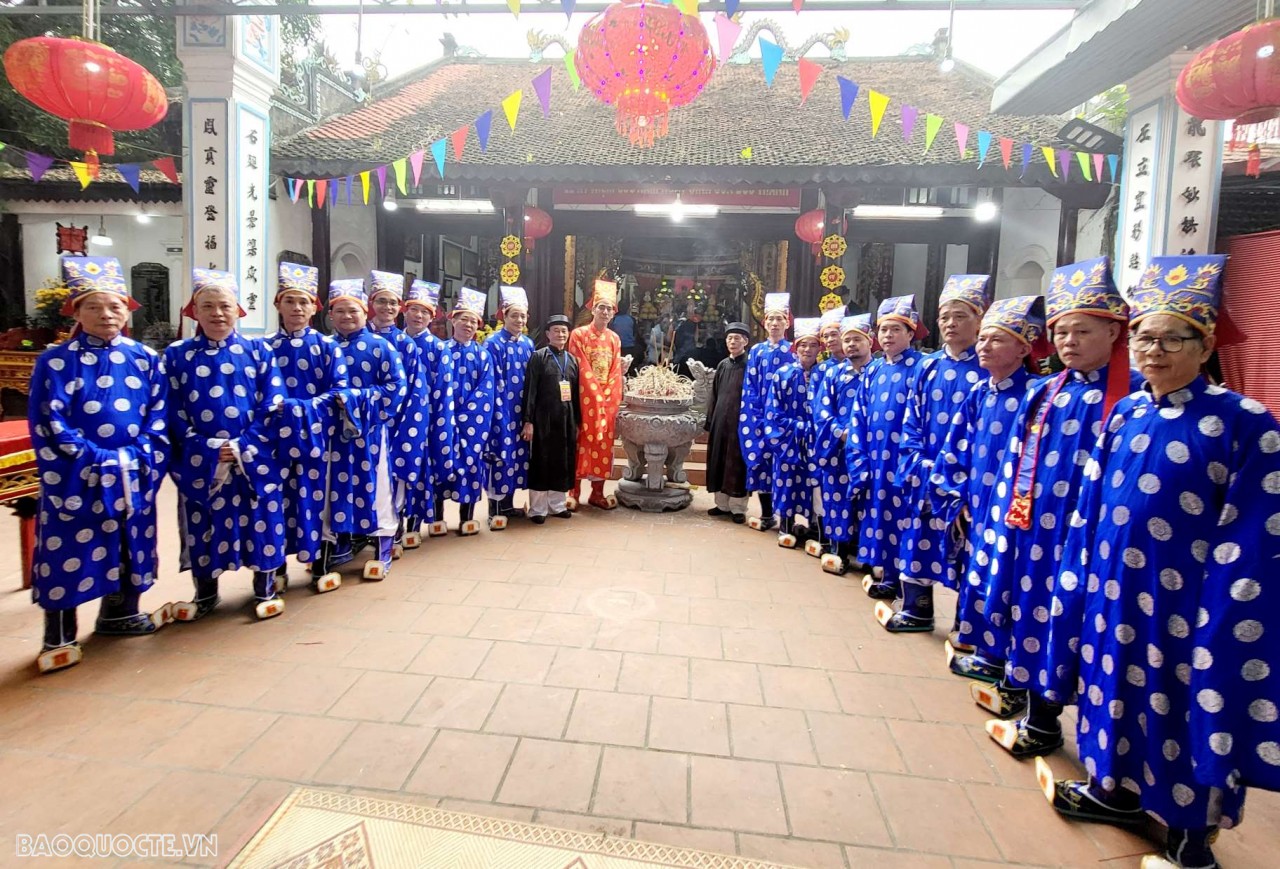 |
| The male ceremonial team of Cong Vi village. (Photo: Minh Hoa) |
Attending were representatives of Ba Dinh District People's Committee, mass organizations of the People's Committee, people of Cong Vi ward, representatives of neighboring wards and many tourists from all over.
Speaking at the festival, Deputy Secretary of the Party Committee and Chairman of the People's Committee of Cong Vi Ward, Phan Hung Nam, said that Thanh Hoang Phuc Trung was originally from Le Mat village, now in Viet Hung commune, Gia Lam district, Hanoi city. At the age of 16, under the reign of King Ly Thai Tong, he was appointed as a supervisor. One day, a princess fell into the river while boating, and he bravely rescued the princess's body. The king rewarded her with a lot of gold and silk and granted her a title, but he only asked to bring poor people from Le Mat village to cultivate in 13 camps west of the capital, called Thap Tam camps. Cong Vi was one of the 13 agricultural camps at that time. He died in the year of Ky Hoi (1059), under the reign of King Ly Thanh Tong, and was worshiped by the people.
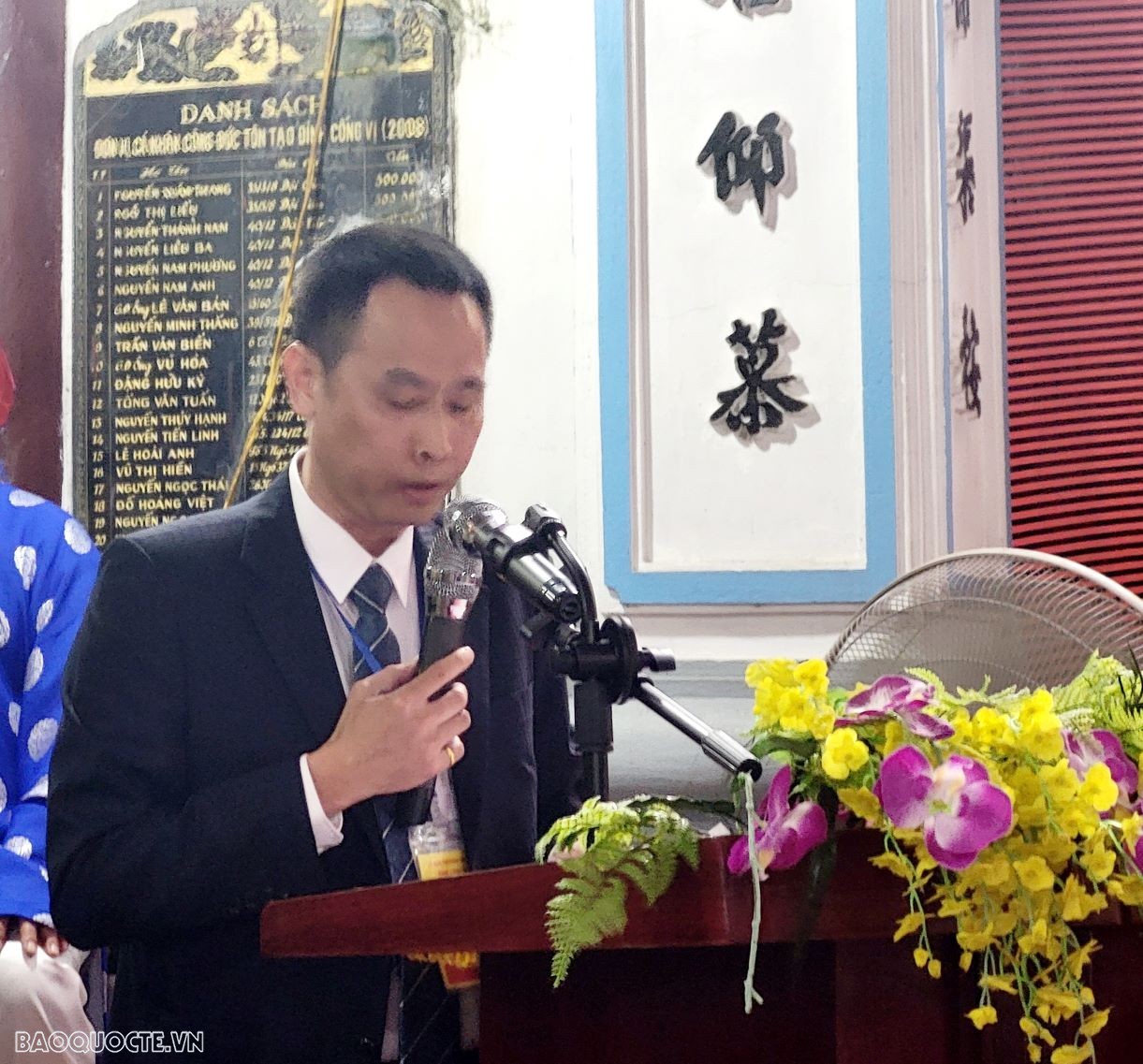 |
| Deputy Secretary of the Party Committee, Chairman of the People's Committee of Cong Vi Ward Phan Hung Nam spoke at the festival. (Photo: Minh Hoa) |
According to Ms. Chu Thanh Loan, Vice Chairman of Cong Vi Ward, Head of the Management Board of Cong Vi Communal House, the communal house was ranked as a historical and cultural relic by the State in 1999. Thanh Hoang Phuc Trung was conferred the title of Supreme Great King, who had the merit of migrating people, establishing villages, and reclaiming the land west of Thang Long Citadel. Therefore, the festival of Cong Vi communal house is one of the most important and spiritual days for the villagers.
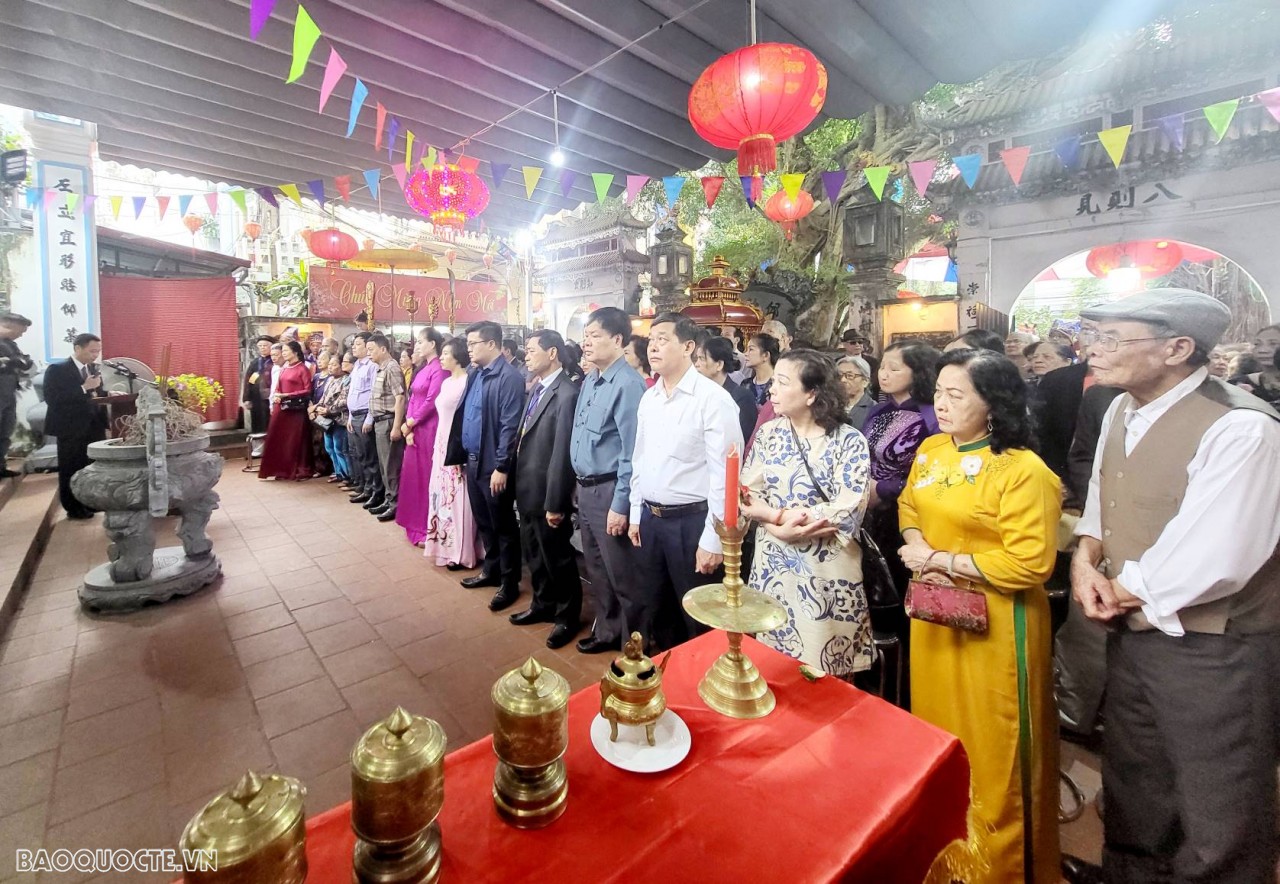 |
| A large number of people attended the festival. (Photo: Minh Hoa) |
This is not only an opportunity for children and grandchildren living far away to return to their homeland, but also an opportunity to pay tribute to their grandparents and ancestors who have contributed to reclaiming and opening up the land. The festival is organized in accordance with traditional culture, ensuring civilization and economy, while meeting the spiritual needs of the villagers. In addition, the festival is also an opportunity for people to meet, exchange, create solidarity and cohesion in the community.
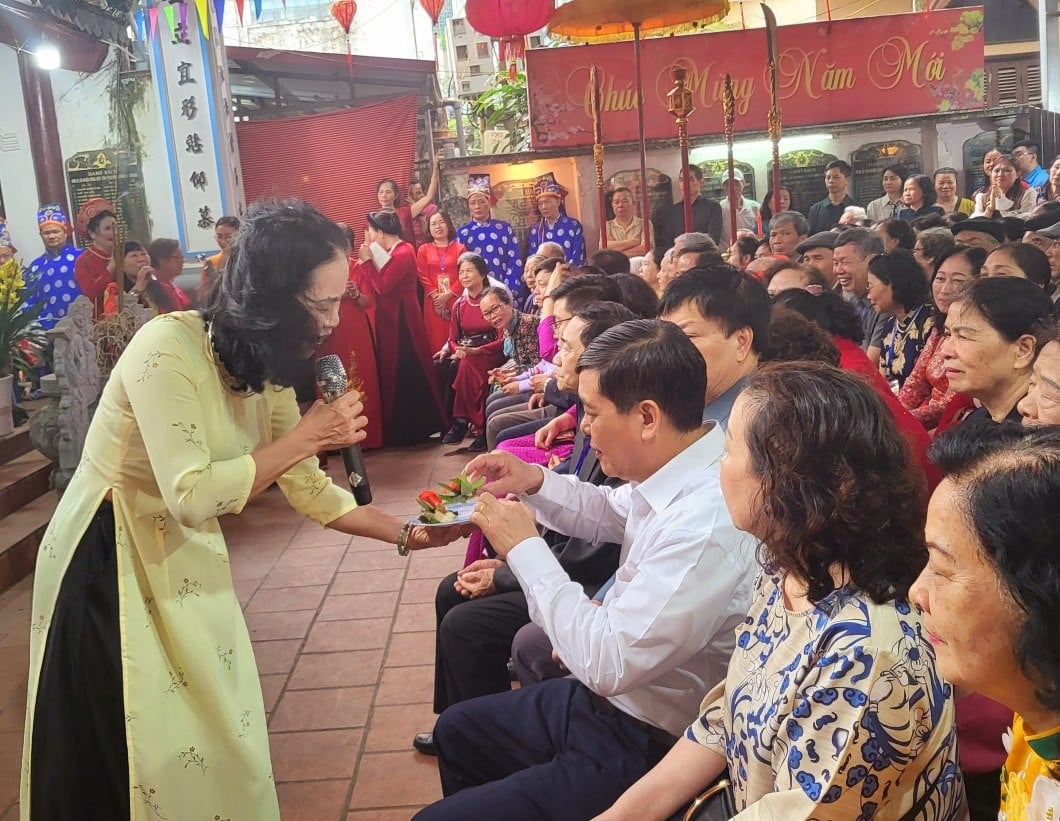 |
| Delegates were invited to eat betel leaves wrapped in phoenix wings. (Photo: Minh Hoa) |
During the two days of the festival, villagers perform rituals of worship and parade at the temple of Thanh Hoang Le Mat: burning incense, offering tea, beating drums and performing arts, singing Xam, Chau Van... expressing their wishes for a lucky and peaceful new year.
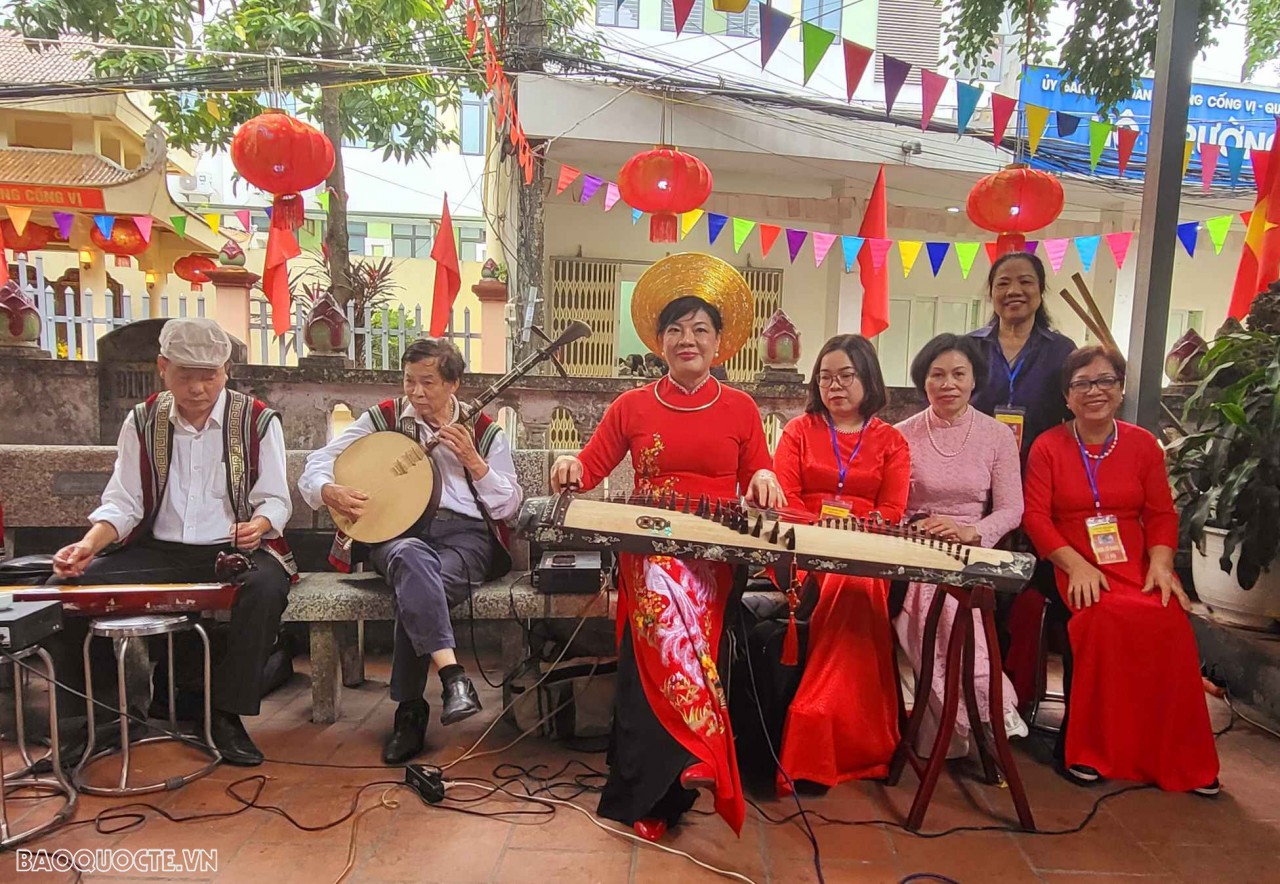 |
| Musicians perform at the ceremony. (Photo: Minh Hoa) |
Hanoi currently has 221 festivals in the inner city area, with many districts such as Ba Dinh, Cau Giay, Long Bien, Ha Dong, Nam Tu Liem... Of the 19 festivals of Hanoi listed in the National Intangible Cultural Heritage, 9 festivals are located in the inner city area.
Notable among them are the Le Mat village festival, the Truong Lam communal house festival in Long Bien district, the Chem communal house festival, the Dam swimming festival in Bac Tu Liem district, the Lang pagoda festival in Dong Da district and the Loyalty Oath at Dong Co temple in Tay Ho district. Among these, the Cong Vi communal house festival, one of the 13 camps (thirteen camps) of Thanh Hoang Hoang Phuc Trung (Nguyen Quy Cong), is located in Ba Dinh district.
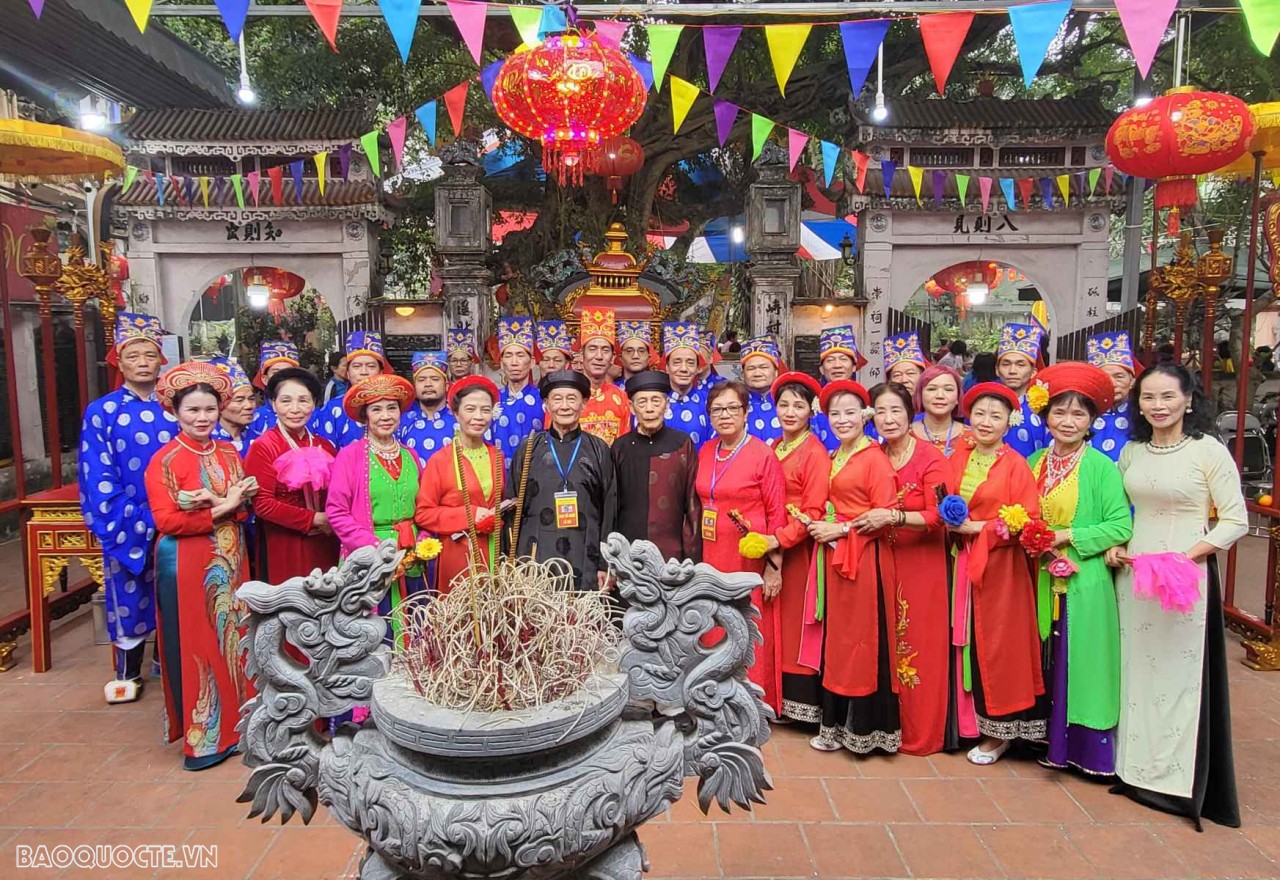 |
| The organizers and the male and female ceremonial team took a souvenir photo. (Photo: Minh Hoa) |
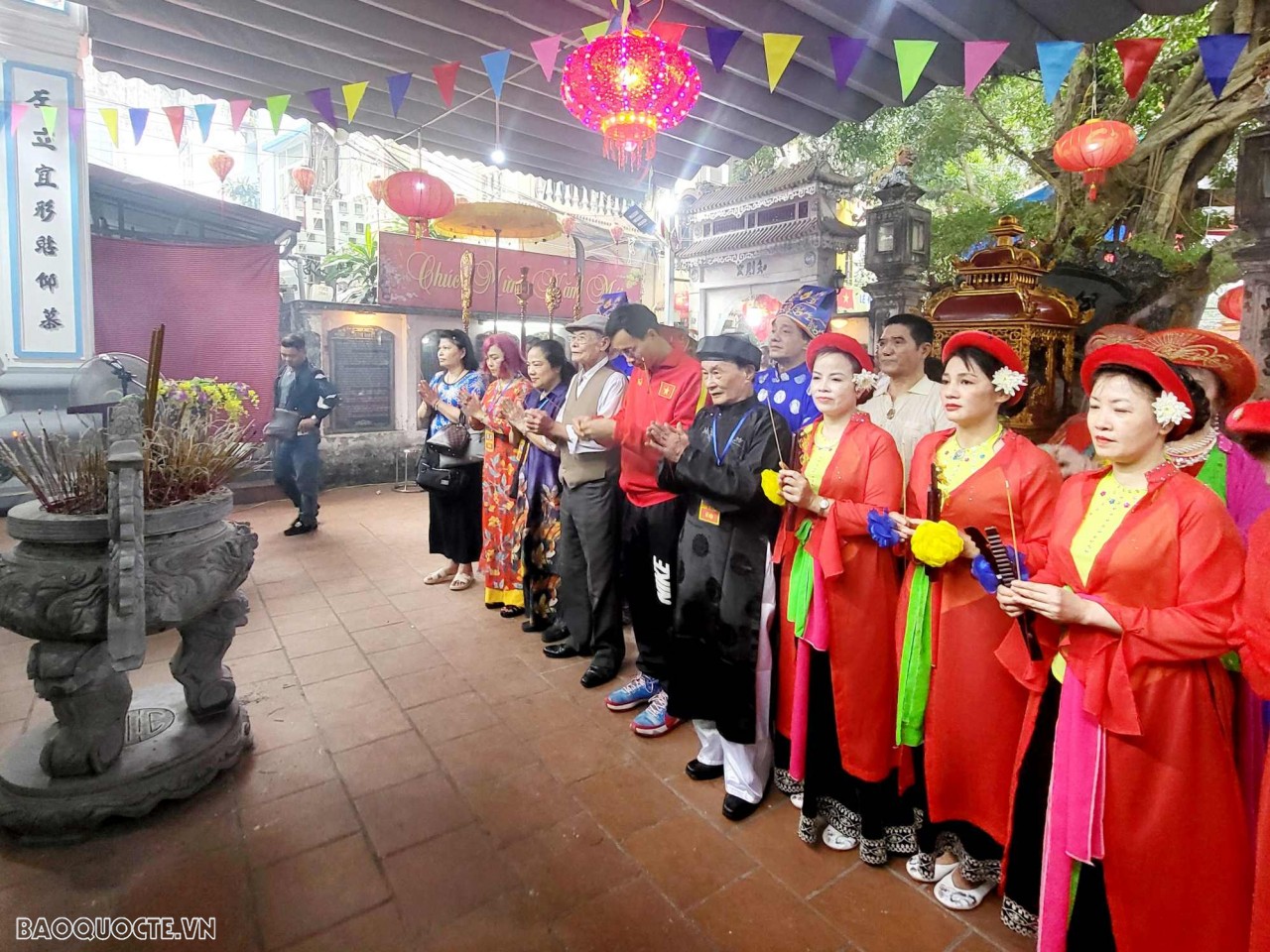 |
| Incense offering ceremony. (Photo: Minh Hoa) |
Source


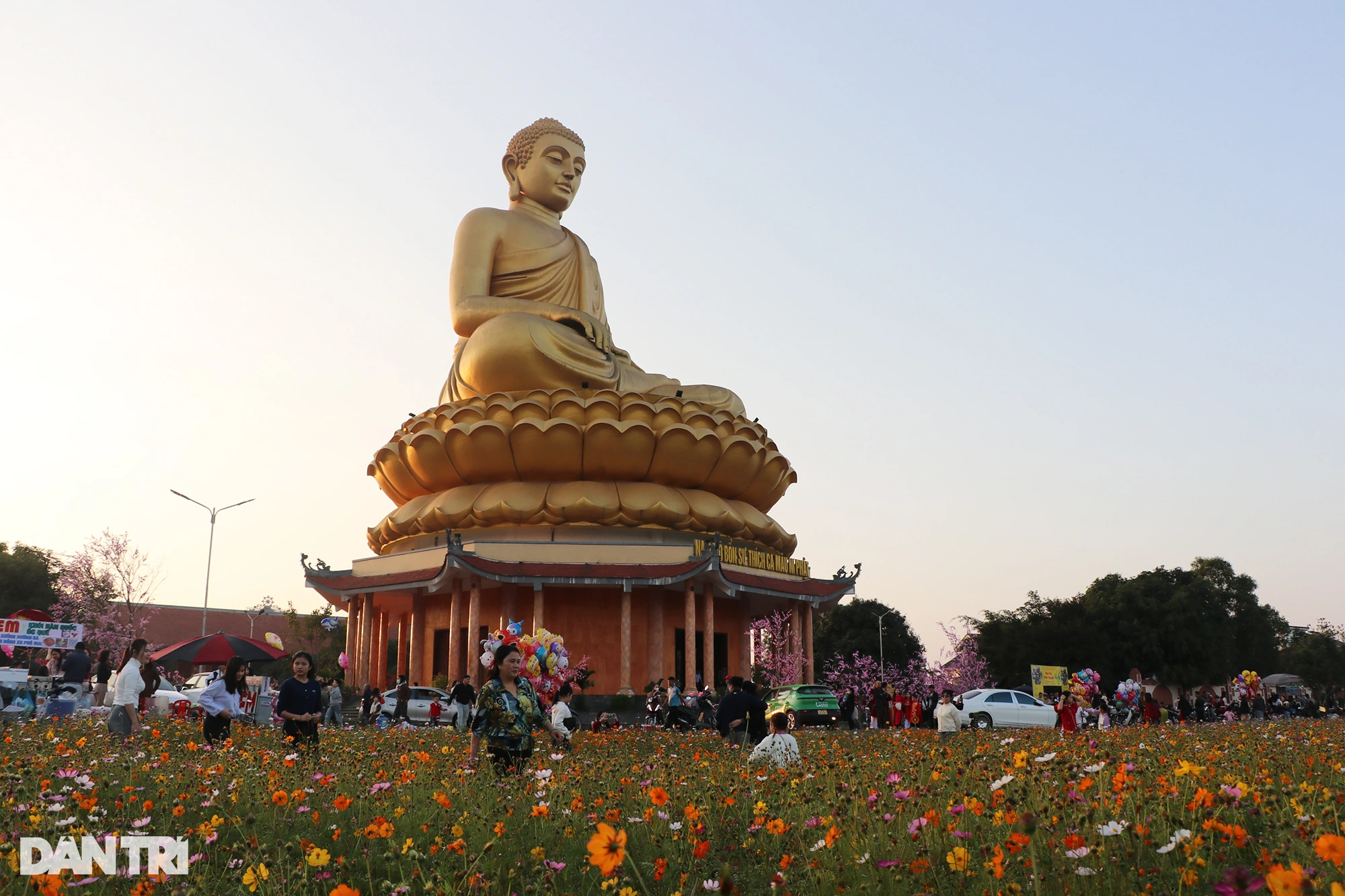



















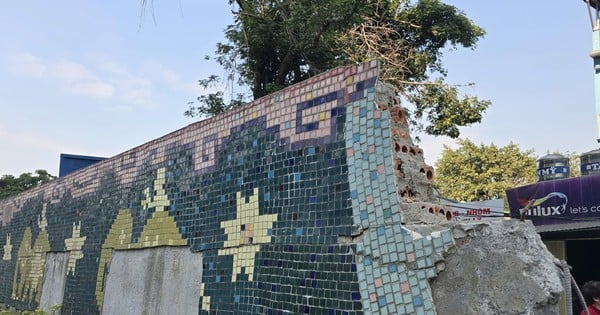

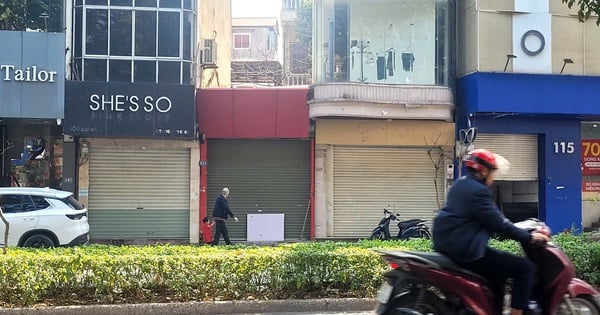

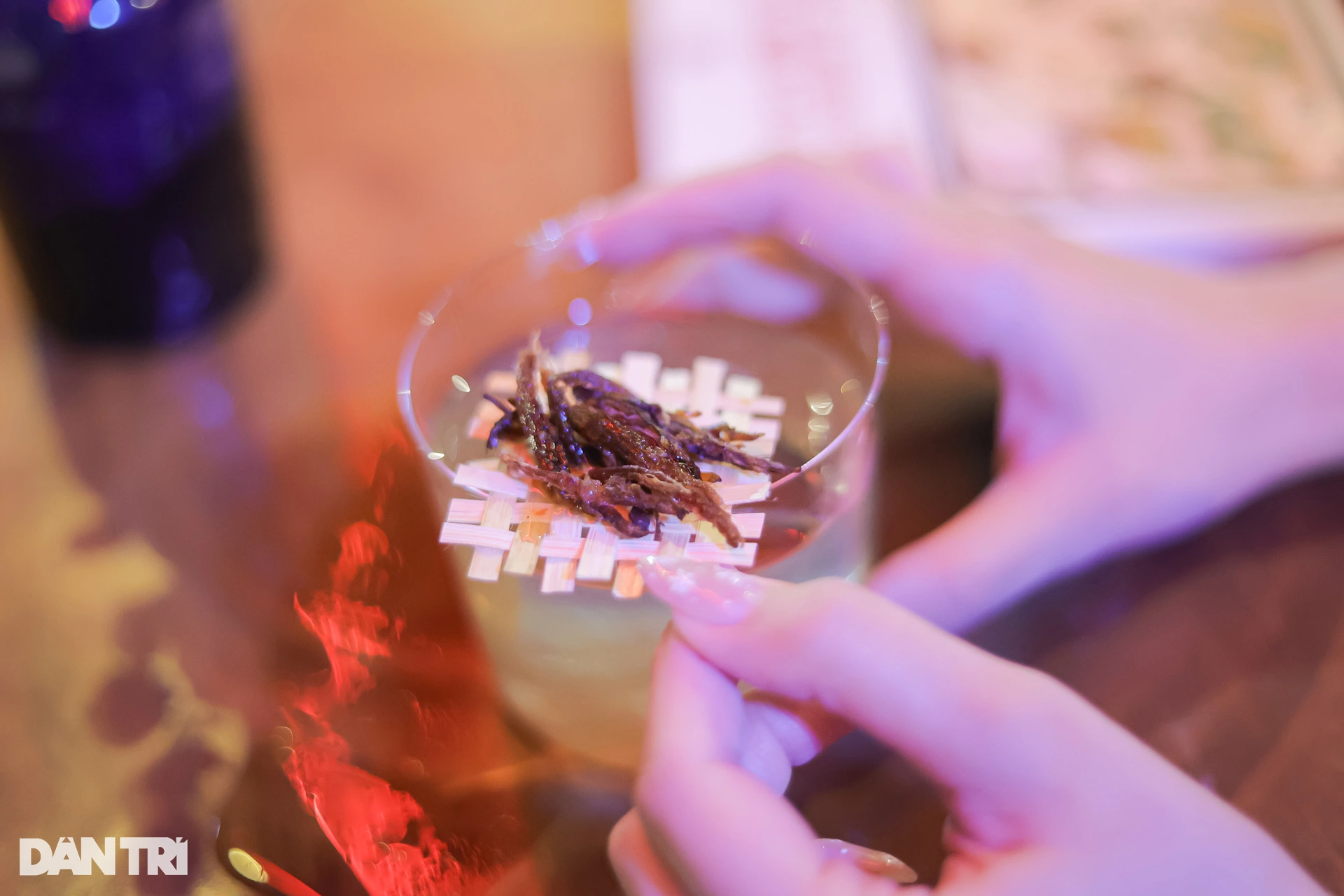
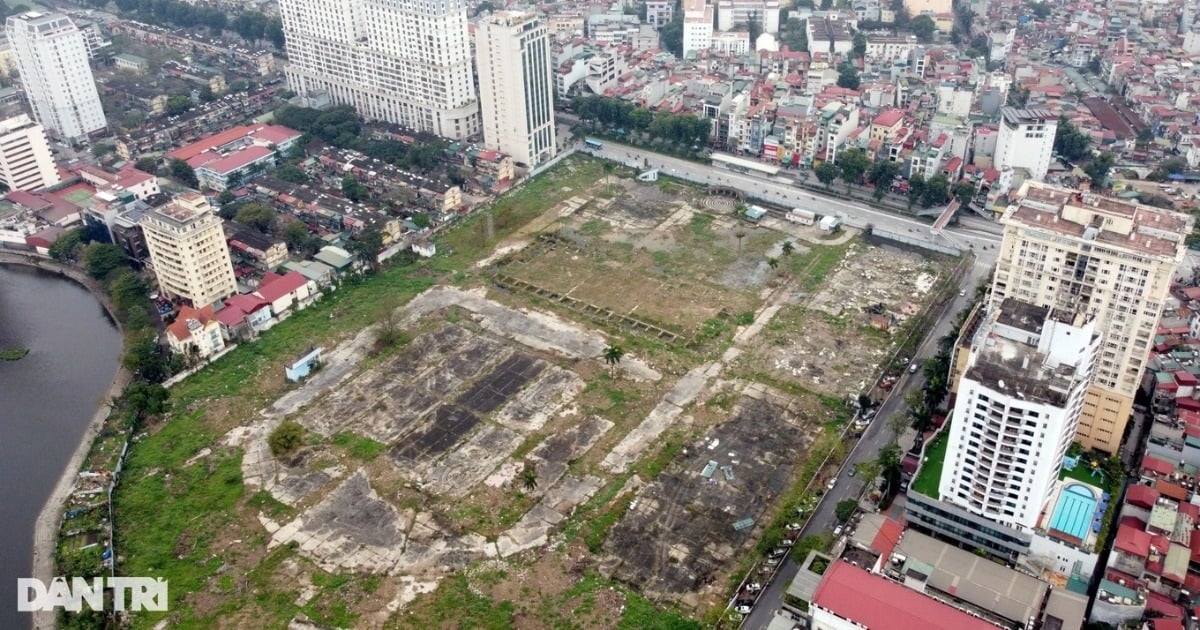

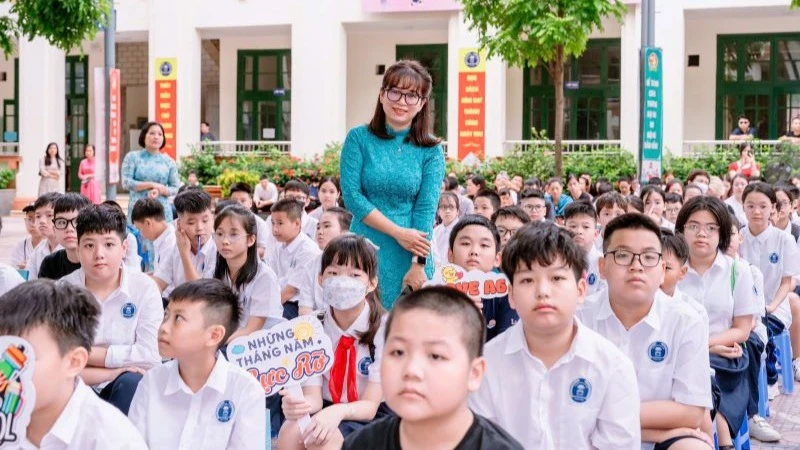

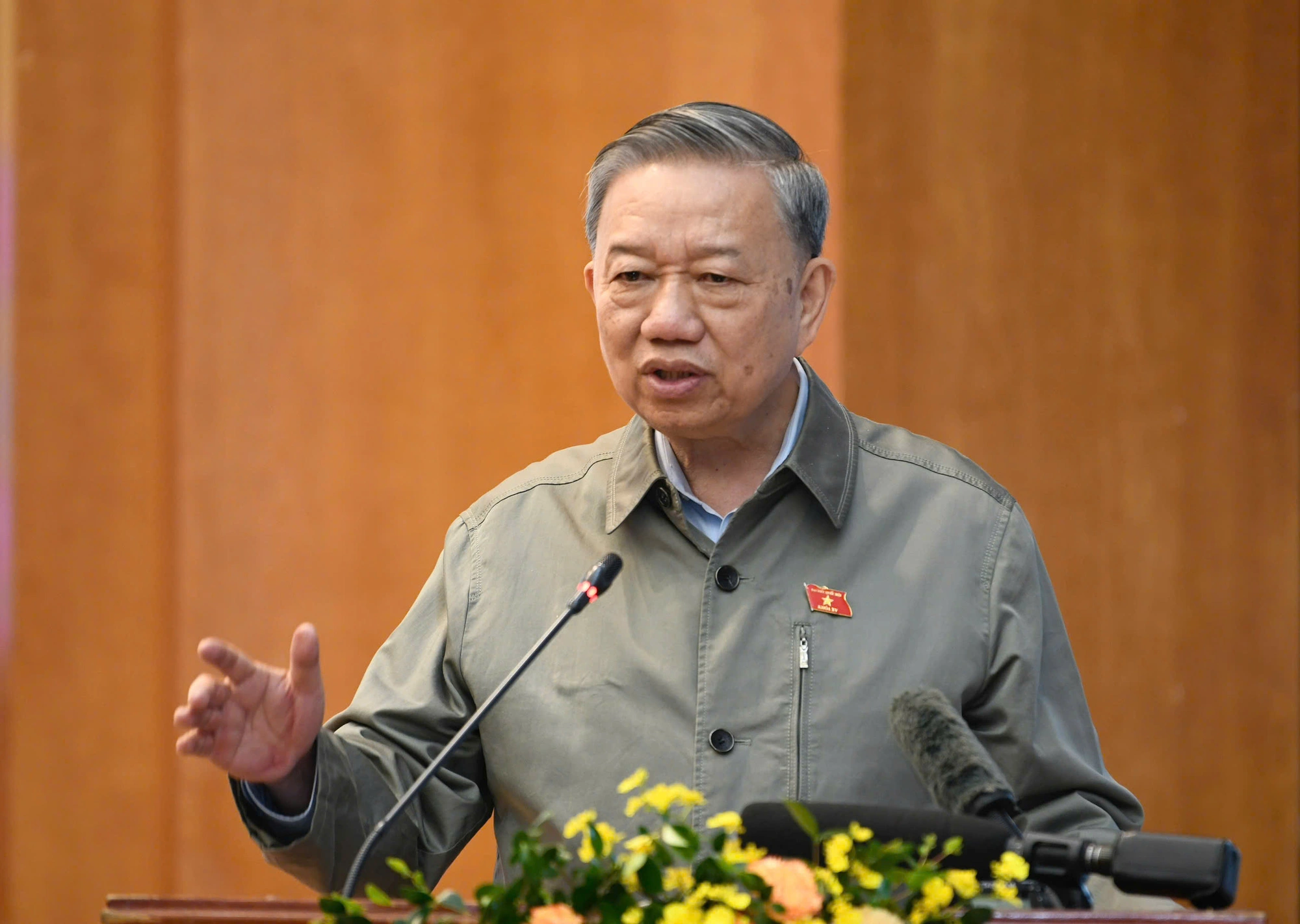

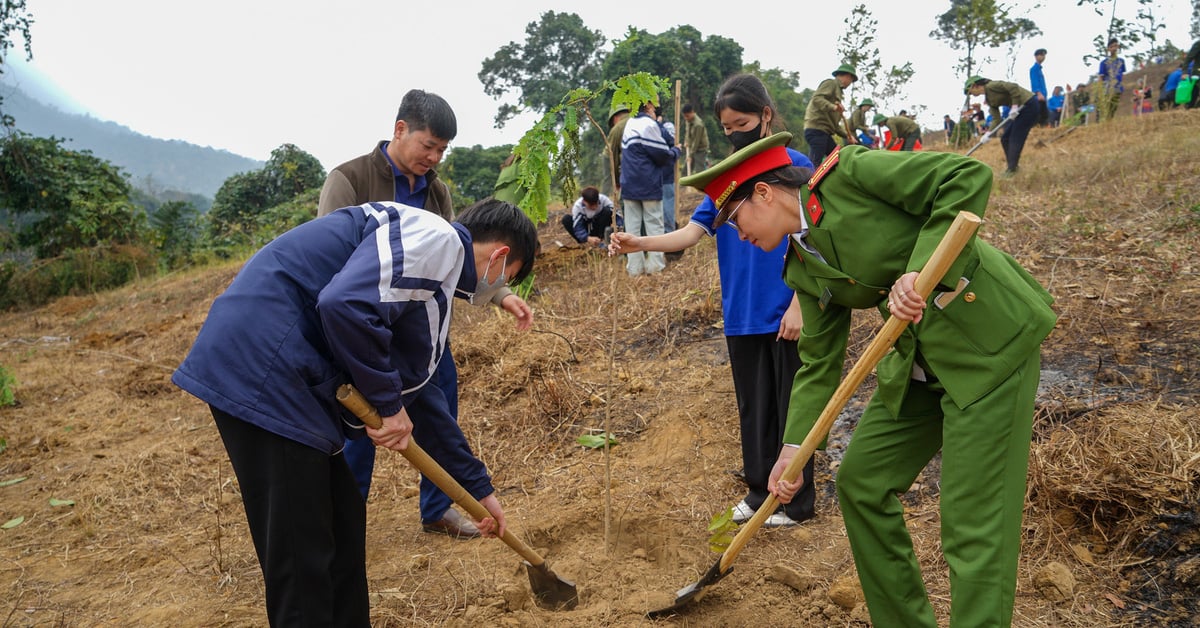







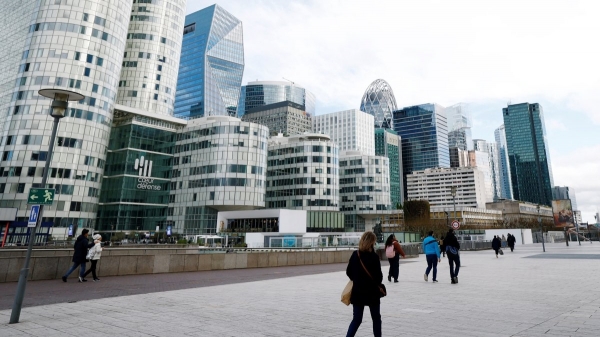

















Comment (0)